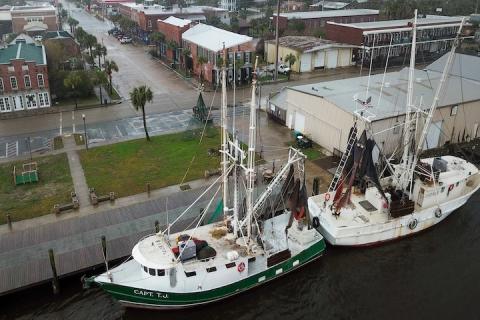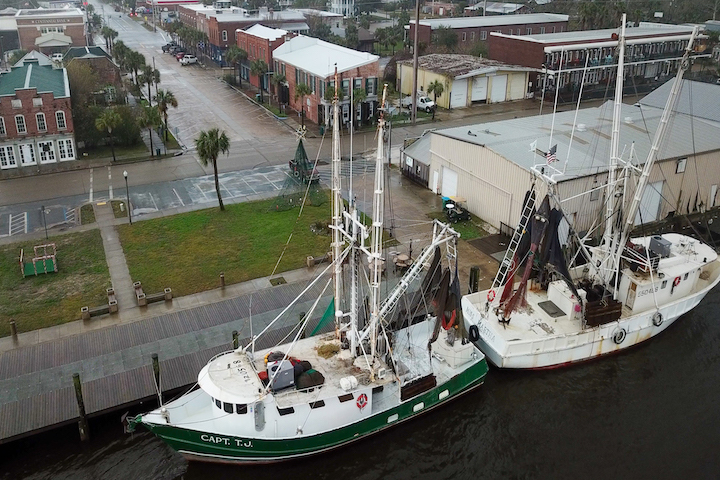
Through the integration of digital modeling, heritage sites recording, and community engagement, this project will identify the ecosystem services that people, past and present, use and value in the Apalachicola system.
The Apalachicola NERR encompasses an area of the Apalachicola River, Apalachicola Bay, and surrounding lands that is immensely diverse in terms of both natural and cultural resources. The system sustains 24 Florida Natural Areas Inventory natural communities with detailed counts of wildlife species. Over 12,000 years of human history are also embedded along the Apalachicola system, from Indigenous communities that historically inhabited the area, including the Apalachee, Creek, and Seminole Tribes, to enslaved or emancipated people of color, as well as descendants of these people. In addition, industrial dependance on natural resource exploitation for lumber and fishing beginning in the 19th century had a tremendous impact on the system. Despite the depth of time represented in the area’s archaeological record, archaeological resources remain relatively under-documented: many groups are inadequately represented in documented cultural heritage sites and still others are only briefly described in terms of the area’s broader socio-ecological history and future.
Through the integration of digital modeling, heritage sites recording, and community engagement in and around the reserve, this project seeks to identify ecosystem services that people, past and present, use and value in the Apalachicola system. In-person “Community Conversations on Heritage at Risk” workshops and complementary online surveys will provide the means for gathering local input, drawing from community groups like the North Florida African American Corridor Project, the Hillside Coalition of Laborers for Apalachicola, and the Apalachicola Area Historical Society. The team aims to provide a more representative interpretation of local heritage; inform management decision-making for both heritage and environmental resources impacted by climate and human pressures; and guide future research into impacts and issues these resources may be facing. By recording heritage resources and engaging with community groups through the project, Reserve staff and program partners can more effectively and inclusively interpret human history within and around the Reserve, bolster ties with communities, and enhance educational and interpretive programs.
Sign up for the email list to get updates about the project and learn about upcoming project-related events.
A short introduction to "People of the Apalachicola System: Exploring Cultural Heritage to Support Ecosystem Planning, Management, and Adaptation," a catalyst project funded in 2023 by the NERRS Science Collaborative.
